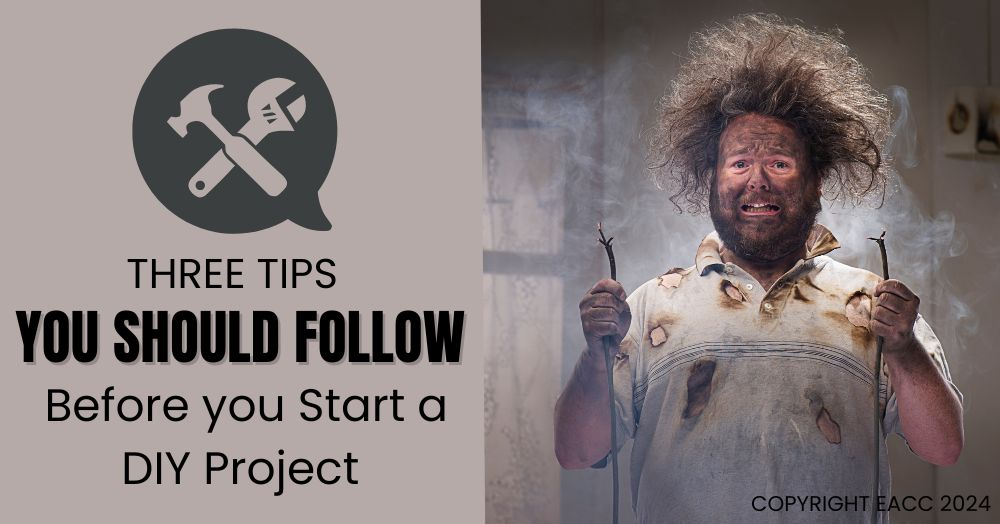Three Tips You Should Follow before You Start a DIY Project
If you’re on a budget, DIY is a great way to improve your home without spending a fortune on tradespeople.
But it’s not always as easy as home makeover teams make it look.
Many well-intentioned homeowners start projects only to discover they’ve bitten off more than they can chew. They end up spending a lot more time and money on the job than they intended.
DIY fails can have more severe implications, too. Some overzealous homeowners cause serious property damage and have to call in an expert to rectify their handiwork.
So, to enjoy the benefits of DIY without the downsides (including the unholy trinity of fire, flood or structural damage), follow these three tips before you begin.
Plan, plan and plan some more
Research what the job entails to ensure that it’s within your capabilities (there are many useful videos on social media to help you). Call in an expert to handle anything involving the electrics, plumbing or structural changes (unless you have the relevant professional qualifications).
Be realistic about how long the work will take. Juggling home renovations with a full-time job is tough. There may be times after a long day in the office when doing the DIY is the last thing on your mind.
When ordering materials, measure up carefully and get 10% more than you think you need, just in case.
Sequencing
Don’t fall into the trap of diving into a project in a blaze of enthusiasm without considering the wider context. If you plan to do lots of work at your property, it’s essential to do things in the right order.
There’s no point spending a week laying flooring, if you later have to lift it to reach pipework or wiring when you renovate other parts of the property.
List all the work you intend to do, and then come up with a timeline so that you don’t have to redo painting, plastering or flooring later.
Kids and pets
They say you should never work with children or animals. But if you have kids or pets, you’ll need to accommodate their needs when doing DIY.
With young children, it’s paramount that you take precautions to ensure they’re safe. Sharp tools, dust and fumes are just some of the potential hazards.
As for pets, it may be worth shutting them in the garden or taking them to an animal sitter while you paint, plaster or lay concrete to avoid mishaps.
Follow us for more ideas, insights and inspiration to make the most of your home.

